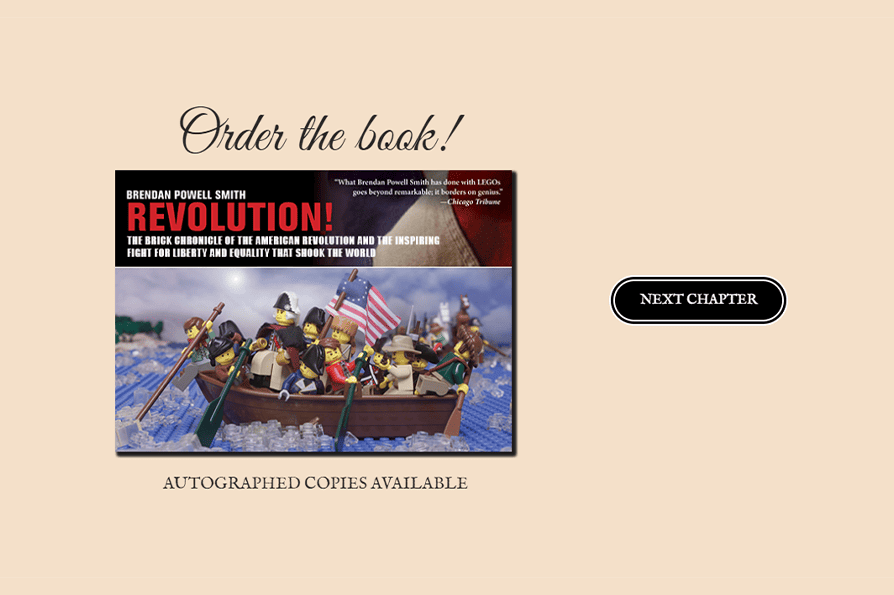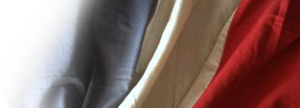



















Opening Quote
chapter_03_image_01
chapter_03_image_02
chapter_03_image_03
chapter_03_image_04
chapter_03_image_05
chapter_03_image_06
chapter_03_image_07
chapter_03_image_08
chapter_03_image_09
chapter_03_image_10
chapter_03_image_11
chapter_03_image_12
chapter_03_image_13
chapter_03_image_14
chapter_03_image_15
chapter_03_image_16
chapter_03_image_17
chapter_03_image_18
chapter_03_image_19





















